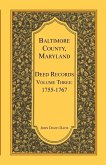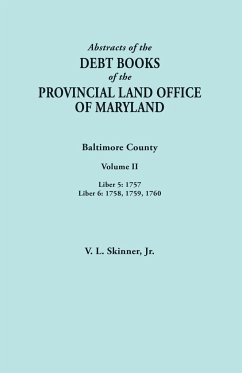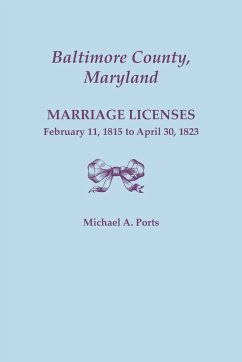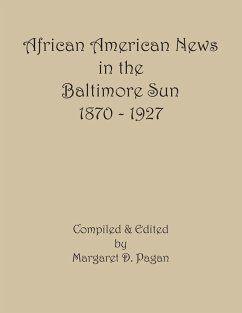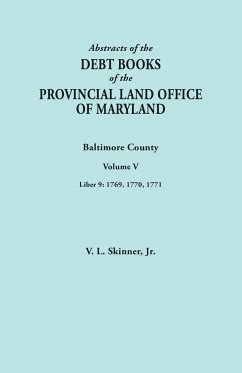During the nineteenth century, there were repeated efforts in the United States to make a uniform textbook of Christian doctrine that all Catholics might be able to use. In 1829, the bishops assembled in the First Provincial Council of Baltimore to discuss the matter. They recommended using St. Bellarmine's catechism as a model. Finally, in the Third Plenary Council (1884), the Baltimore catechism in its present form took shape. This fourth volume (No. 4) is meant to be used as a reference work, or as a teacher's manual for the original Baltimore Catechisms. It is often used as an advanced textbook for explaining many of the basic questions people have about the Faith. There are also prayers given for suitable occasions. The source text for this work is: An explanation of the Baltimore Catechism of Christian doctrine: for the use of Sunday-school teachers and advanced classes, New York Benziger, 1921 by Thomas L Kinkead. Illustrations have been added to this text to illuminate the topics and persons referred to in the catechism.
Hinweis: Dieser Artikel kann nur an eine deutsche Lieferadresse ausgeliefert werden.
Hinweis: Dieser Artikel kann nur an eine deutsche Lieferadresse ausgeliefert werden.

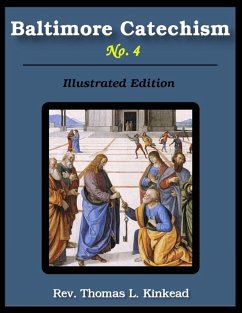
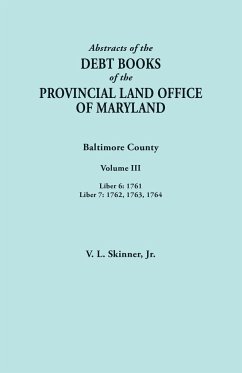
![History of Baltimore City and County from the Earliest Period to the Present Day [1881] History of Baltimore City and County from the Earliest Period to the Present Day [1881]](https://bilder.buecher.de/produkte/32/32308/32308018n.jpg)
